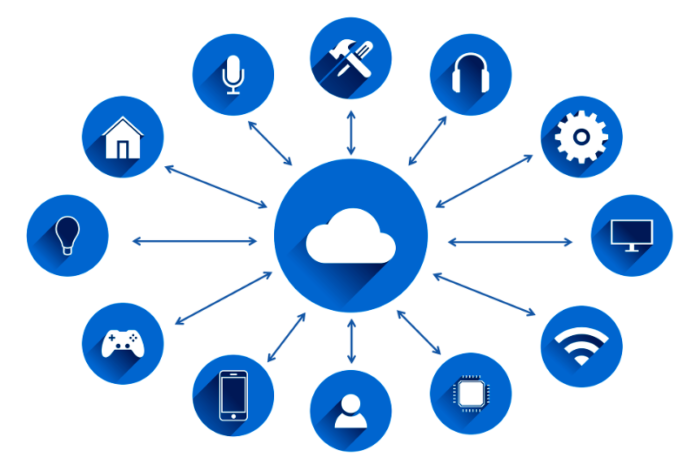Vertiv, a global provider of critical digital infrastructure and continuity solutions, has found out that the edge component of total compute will increase by 29% over the next four years, from 21% of total compute to 27% in 2026.
This comes as a result of significant, industry-wide investment in edge computing within that period, Vertiv said, based on a survey of 156 industry professionals with insight into their company’s edge computing plans.
About a third (34%) of those surveyed are either planning, or in the midst of significant edge deployments. A quarter have already deployed new, purpose-built edge sites, and 41% are operating legacy edge sites.
The respondents also anticipated a 150% increase in core sites and increased activity in the cloud. Furthermore, the percentage of IT resources deployed in the public cloud is expected to grow from the current 19% to 25% by 2026.
“The next five years will reshape the data centre landscape, shifting more and more computing to the edge while buttressing the enterprise facilities at the core of modern hybrid networks,” said Martin Olsen, Global Vice President for Edge Strategy and Transformation at Vertiv.
“This survey makes clear the urgent demand for computing closer to the end user. The future of computing is about speed and latency, and the only way to meet the need is to build out the edge of the network,” he added.
“In Asia, a good percentage of those surveyed were either already deploying several edge locations or are planning to deploy a significant number of edge locations in the near future. This tracks with what we are consistently seeing in our business, as more customers shift select deployments to the edge, to reduce latency and improve bandwidth and overall services,” said Anand Sanghi, President, ASI (Australia/New Zealand, Southeast Asia, India, Japan, and South Korea) at Vertiv. “But concerns still remain. Survey respondents in the region ranked security and latency at the edge as their top concerns and we are working with our customers to ensure that these are addressed.”
The survey also revealed the changing profile of the modern edge site. Twenty-nine percent of sites feature between 5 and 20 racks, and 13% have more than 20 racks. More racks mean more power, and the survey results reflect that: 28% say their sites require between 21 and 200 kW, and 14% report power demands in excess of 200 kW.
Other significant findings from the survey included:
- Sustainability is playing a major role in new and planned edge deployments. More than three-quarters of sites (77%) are using or planning to use energy-efficient UPS systems. In addition, 40% are planning to use renewable energy; 31% water-efficient cooling; 29% dynamic grid support technologies; and 19% refrigerants with a low global warming potential (GWP).
- While security and availability were top priorities of participants deploying edge sites, the survey exposed some current design and operating practices that could reduce edge computing site’s ability to achieve these objectives as the number of sites expands.
















